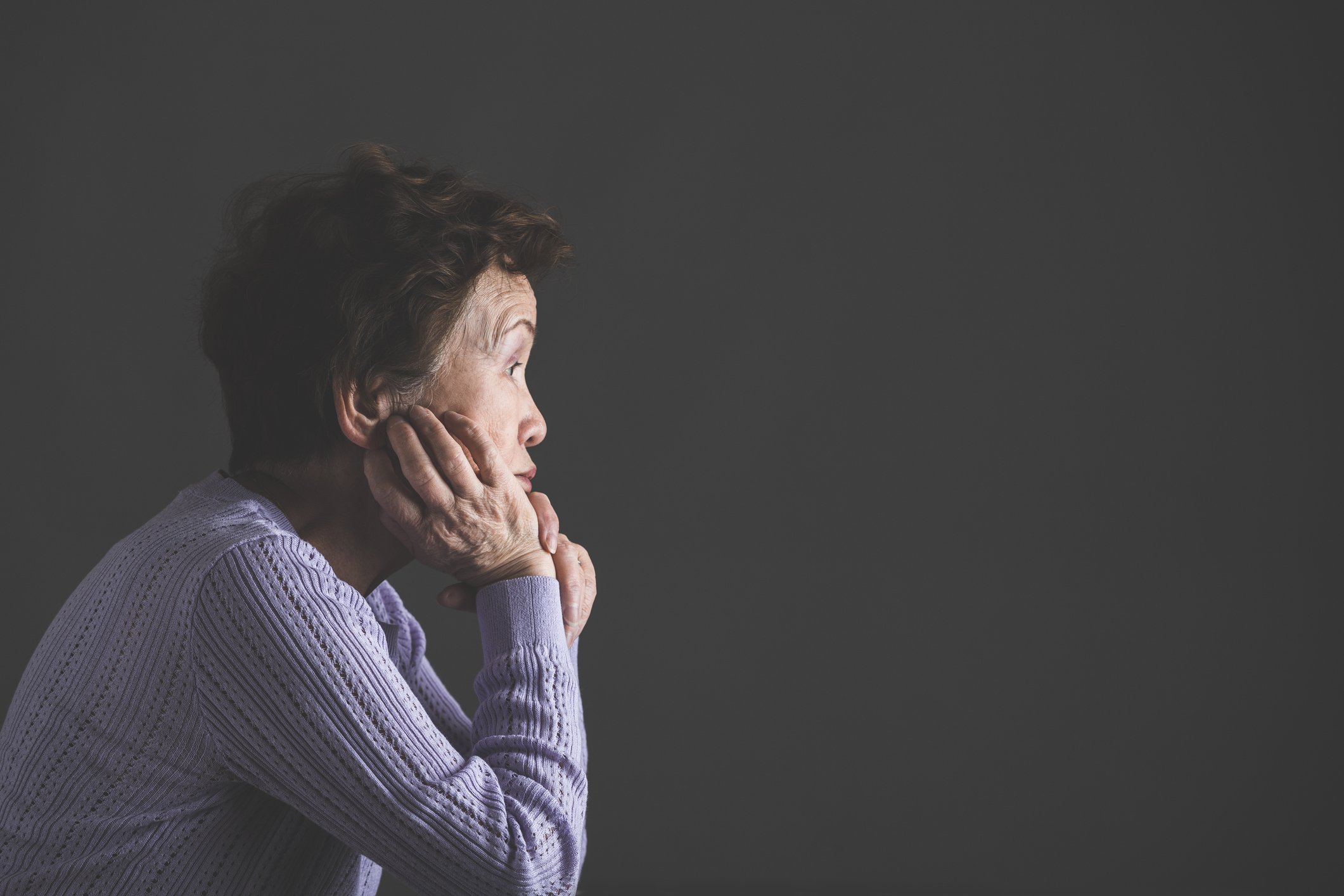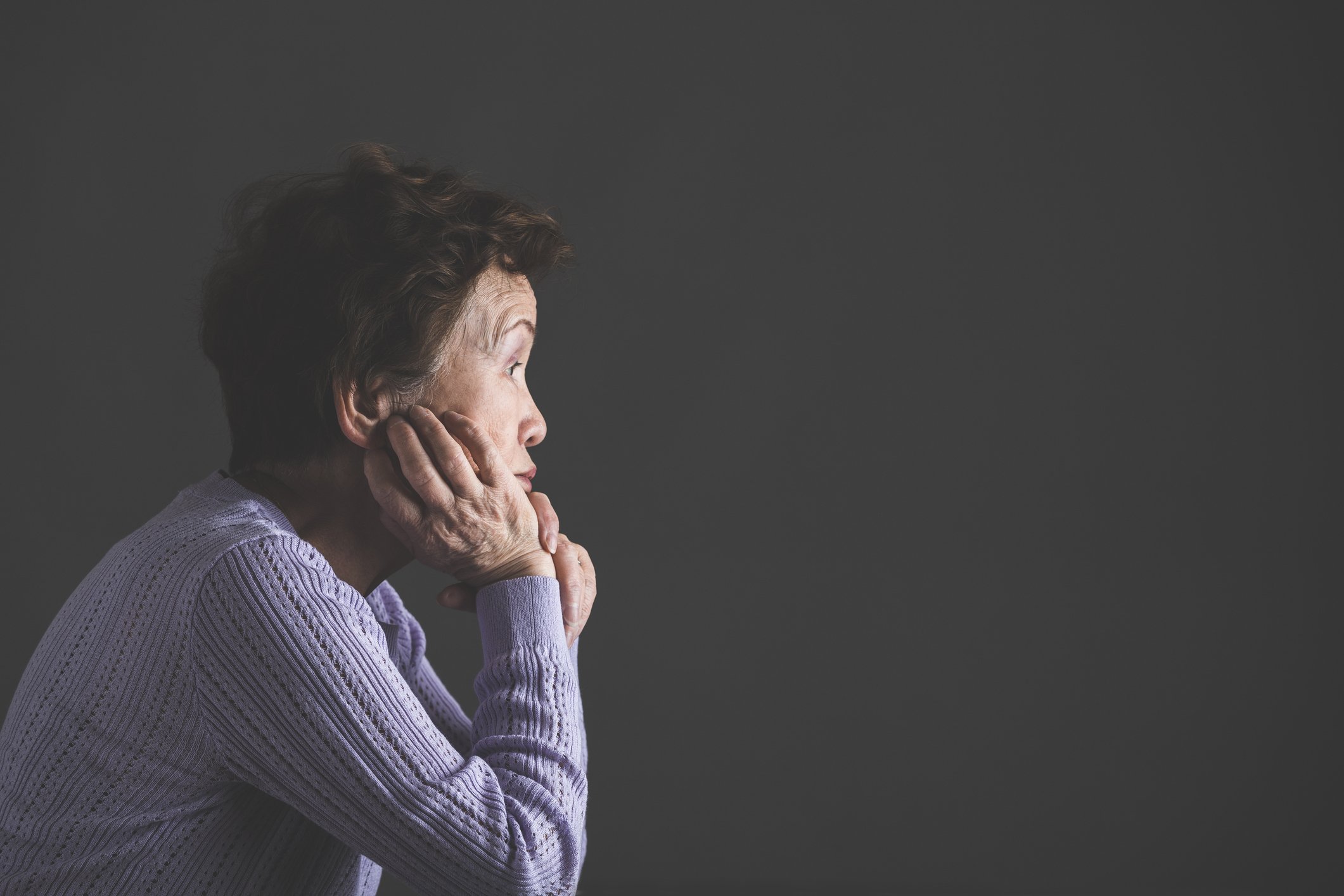 Age discrimination involves treating an applicant or employee less favorably because of his or her age, defined by the U.S. Equal Employment Opportunity Commission (EEOC).
Age discrimination involves treating an applicant or employee less favorably because of his or her age, defined by the U.S. Equal Employment Opportunity Commission (EEOC).
The Age Discrimination in Employment Act (ADEA) forbids age discrimination against people who are age 40 or older.
Ageism in the Workplace
According to a 2018 AARP survey, about 3 in 5 older workers have seen or experienced age discrimination in the workplace. Also 76% of these older workers see age discrimination as a hurdle to finding a new job.
A diverse workplace is fundamental in providing the best patient care possible. But age is usually left out of an organization's Diversity, Equity and Inclusion (DEI) strategy.
Patients feel more comfortable talking with a Nurse who understands and can relate to them and their issues. Nurses who understand what ageing patients are going through can provide better care.
Some Nurses over the age of 40 experience ageism from employers, fellow staff members, and even patients. Examples of this type of ageism include:Physical Strength - There is a perception older Nurses aren't physically strong enough to handle certain responsibilities such as restraining a combative patient or assisting someone into a bed or wheelchair.
Technology - Another misconception is older Nurses can't keep up with the changing technologies and medications.
Pay - An article by Arkansas State University discusses salary-based ageism in Nursing saying, "As Nurses accumulate experience, they also accumulate pay increases. As a result, employers sometimes discriminate against more experienced Nurses by hiring or promoting younger, less experienced, and therefore, less expensive Nurses."
This type of stereotyping and discrimination often leads to poor morale, job dissatisfaction, burnout and early retirement.
How You Can Reduce Ageism at Work
To combat ageism in healthcare organizations, there should be DEI policies that include a focus on age.
According to the Society for Human Resource Management (SHRM) the EEOC recommends organizations follow these strategies:
- Assess your organization's culture, practices or policies that may reveal outdated assumptions about older workers. The Center on Aging & Work at Boston College and AARP partnered to develop an assessment tool.
- Examine your recruitment practices. Does your website include photos of an age-diverse workforce? Do your job applications ask for age-related information such as date of birth or when a person graduated? Is your interview panel age-diverse? Train recruiters and interviewers to avoid ageist assumptions.
- Include age as part of your diversity and inclusion programs and efforts. Offer learning and development, including anti-bias training and courses.
- Foster a multi-generational culture that recognizes ability regardless of age and rejects age stereotypes, just as it would reject stereotypes involving race, disability, national origin, religion or sex.
Ageism in Your Patient Population
Ageist stereotypes and discrimination are also barriers to health equality for this patient population.
An article from Lippincott Nursing Center states, Older adults represent 13% of the total population in the United States, but account for over 40% of U.S. hospitalizations.
Ageism can negatively affect the care older adults receive. It's often healthcare providers attribute signs and symptoms of illness to normal aging, missing important indicators that need to be addressed.
A lot of ageist behaviors may not be intentional and will take conscious efforts to identify and change. For example, talking slowly and loudly, or assuming someone can’t comprehend what you are telling them, is common behavior around older patients and is considered ageism.
How You Can Reduce Ageist Attitudes Toward Patients
The Alliance for Aging Research warned "that unless ageist attitudes are recognized and rooted out of our healthcare system, the next generation of Americans under Medicare, the largest generation in U.S. history, will likely suffer inadequate care."
The Alliance released recommendations to address the problem of ageism:
- More training and education for healthcare professionals in the field of geriatrics.
- Greater inclusion of older Americans in clinical trials.
- Utilization of appropriate screening and preventive measures for older Americans.
- Empowerment and education of older patients.
The older patient population deserves the same quality care and attention as younger patients. Organizations must acknowledge ageism as an obstacle in providing the best care possible and take action to make healthcare more equitable and inclusive.







